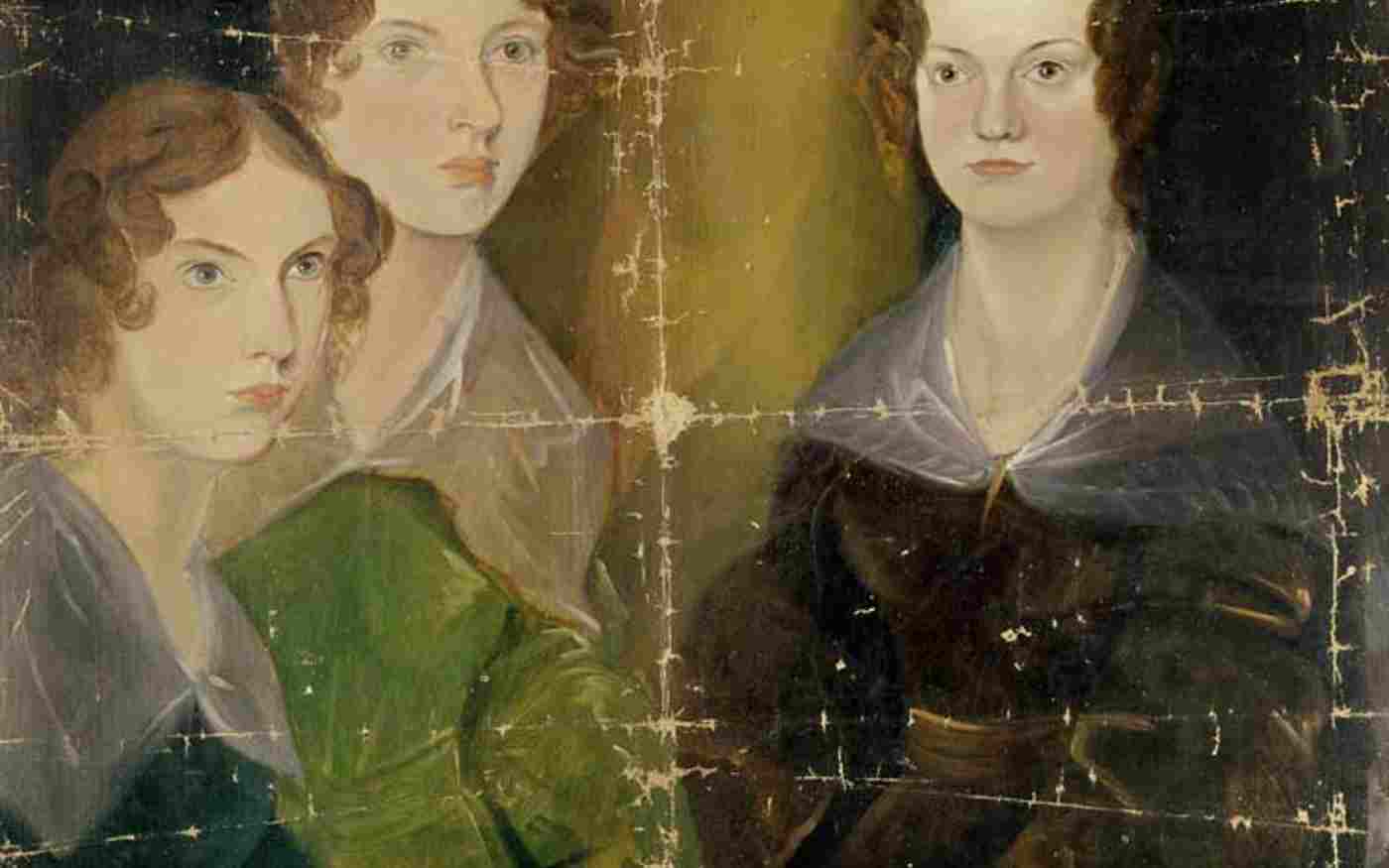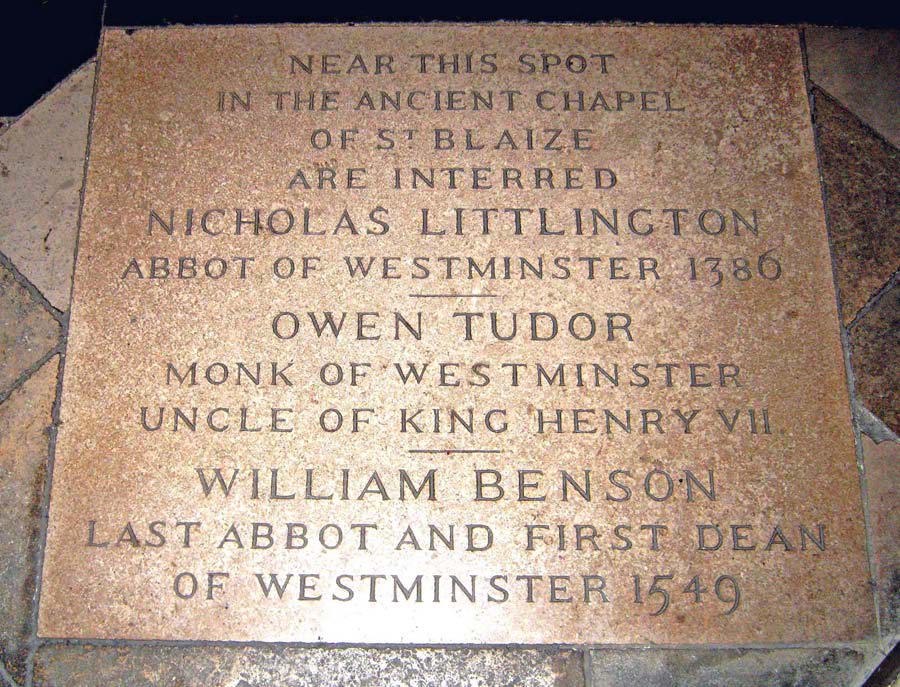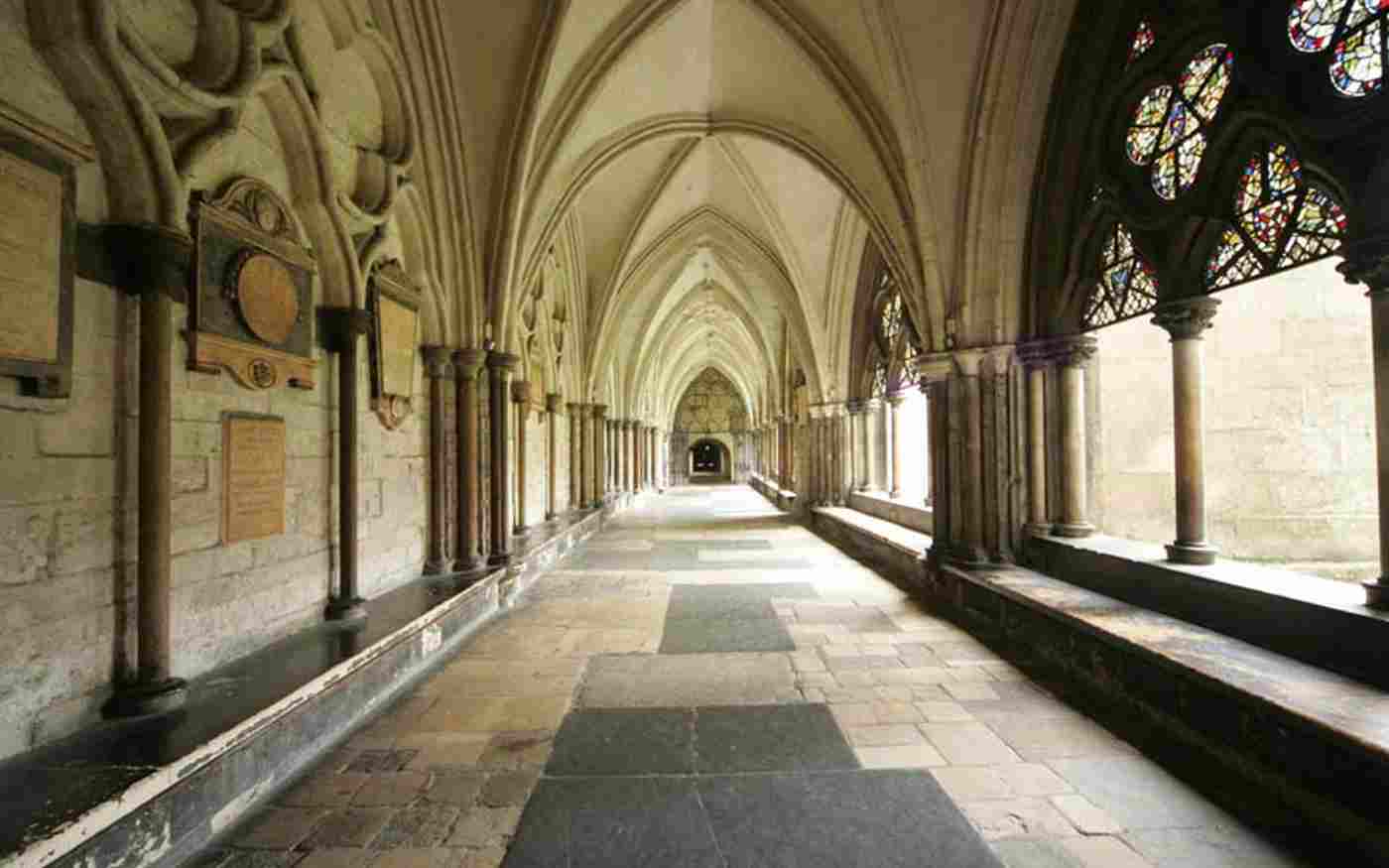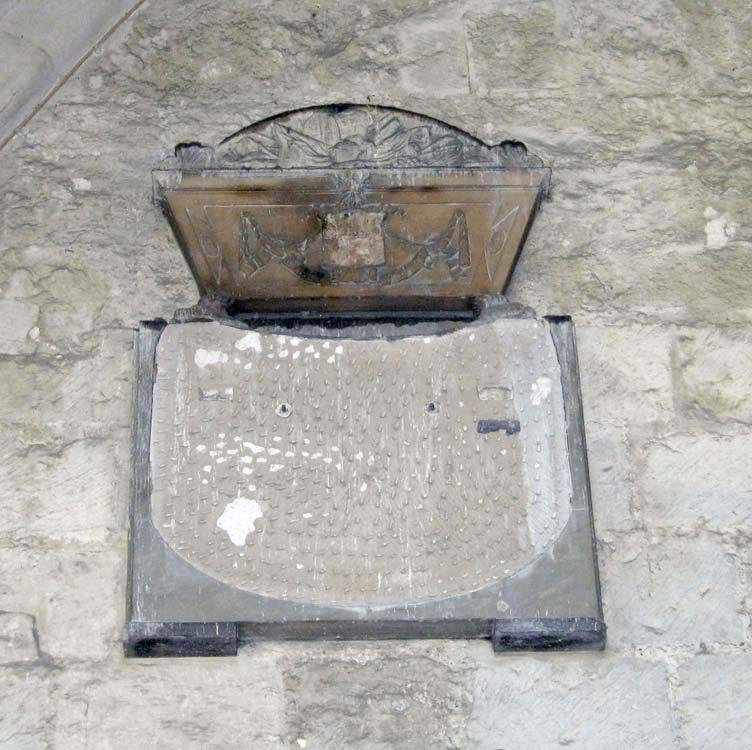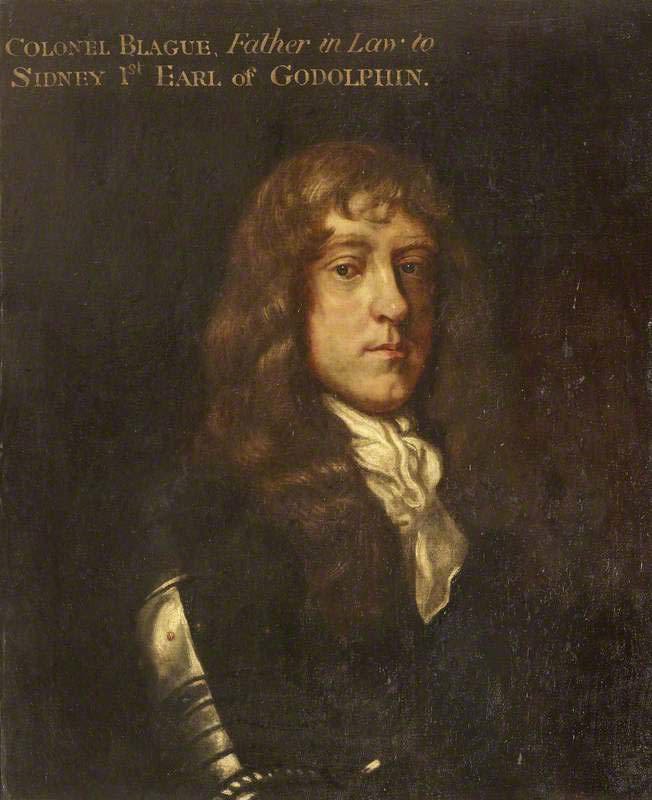Robert Hauley
Robert Hauley (Haule or Hawle), a squire, was murdered in Westminster Abbey in 1378. He and fellow squire John Shakel took a hostage for the payment of the ransom of the Count of Denia, a great Aragonese nobleman whom Hauley had captured at the battle of Najera in 1367. In 1377 Hauley and Shakel were thrown into the Tower of London for refusing an order to hand over the hostage, who was in fact the Count's elder son Alphonso. The Count has been adjudged by Edward the Black Prince to be the prisoner of Hauley, and his ransom was fixed at a vast sum of money, in which London merchants had become financially interested. Also, since the Count was of the Blood Royal of Aragon, his son's captivity in England was a political and diplomatic embarrassment. In 1378 Hauley and Shakel, using violence, escaped from the Tower and took sanctuary at Westminster. A royal letter to Abbot Litlyngton having failed to secure their surrender, the Constable of the Tower, Sir Alan de Buxhall, and Sir Ralph de Ferrers, broke into the Abbey sanctuary with fifty soldiers on 11th August and captured Shakel. This breaking of sanctuary was in itself sacrilege, but worse was done when Hauley, having shown fight, was killed, together with a sacrist named Richard, in the Quire during High Mass. The malefactors and their confederates were excommunicated, excepting only the boy king Richard II, his mother and uncle John of Gaunt. Gaunt was widely suspected of having been implicated because of his claim to be King of Castile and his interest in Spanish politics. Hauley was buried in the south transept. Four months after its desecration the Abbey was reconsecrated. Buxhall had his excommunication lifted on payment of a substantial fine.
A gravestone with an indent of a lost brass of a figure of a man in armour with a sword, a lion at his feet with a marginal inscription and symbols of the four Evangelists at the corners can still be seen near John Dryden's monument. The original inscription in Latin was recorded by William Camden in his 1600 guidebook to the Abbey and can be translated:
Me did trickery, anger, the raging of the multitude and of the soldiery...with swords, in this renowned refuge of piety, while the priest of God read exhortations at the altar. Alas, o woe, in my death I sprinkled the faces of the monks with my own blood; the Choir is my witness for all time. And now this holy place holds me, Robert Haule, because it was here that, wronged, I first felt the death dealing swords.
In the 19th century an inscription was added at the base:
ROBERT HAWLE KNIGHT MURDERED IN THE CHOIR AUGUST 11 1378
Hauley was perhaps from the Lincolnshire family of that name, but to confuse matters there was of that family at that time a Sir Robert de Hauley, a justice of the peace for Lincoln. Robert fought at Najera under Sir John Chandos. He had a sister Maud who married Richard Fallidam. She ceded her rights in the ransom to John Hoton, a fishmonger of London. The murder is recorded in several archives at the Abbey.
Further reading
"Hoton versus Shakell: a ransom case in the Court of Chivalry 1390-1395" by A. Rogers, Nottingham Medieval Studies 1962-1963.

This image can be purchased from Westminster Abbey Library
Image © 2025 Dean and Chapter of Westminster
